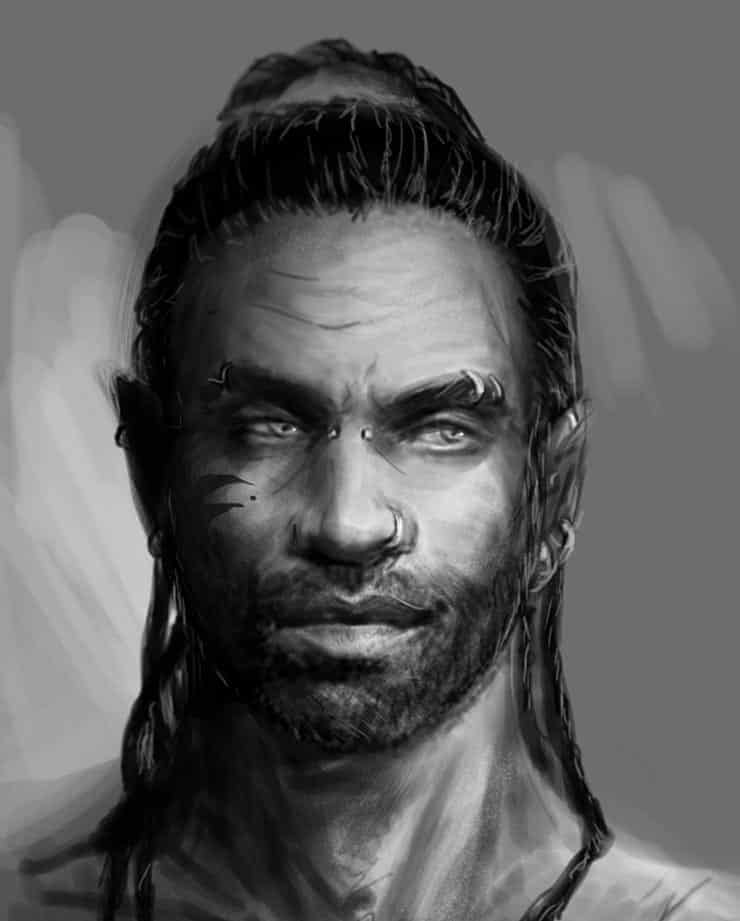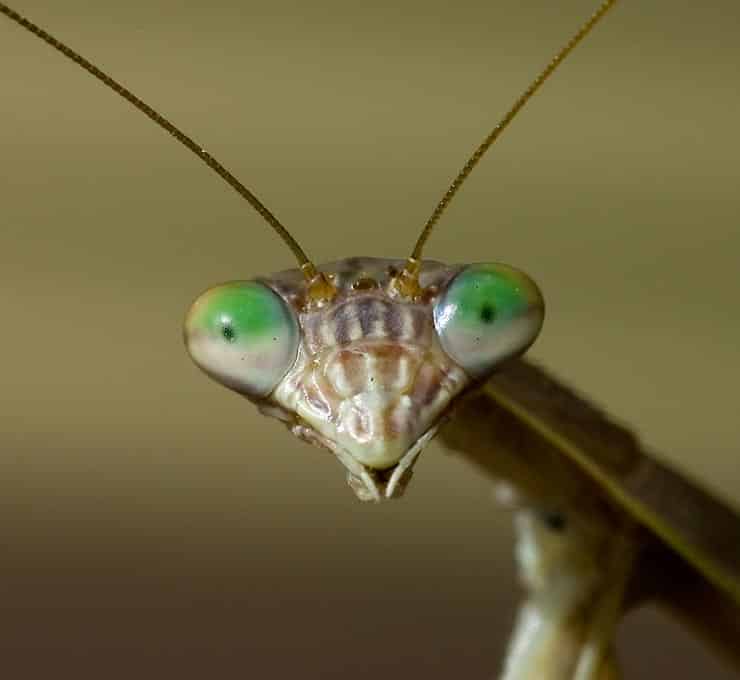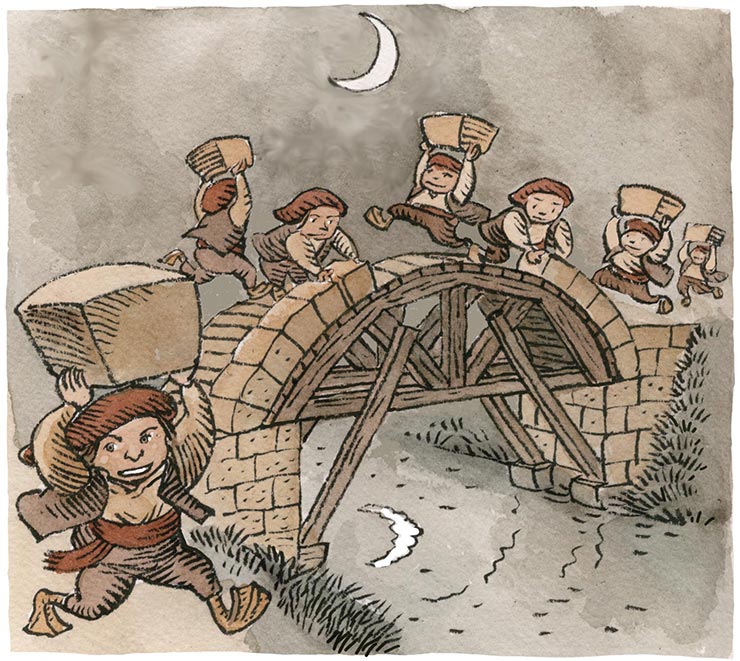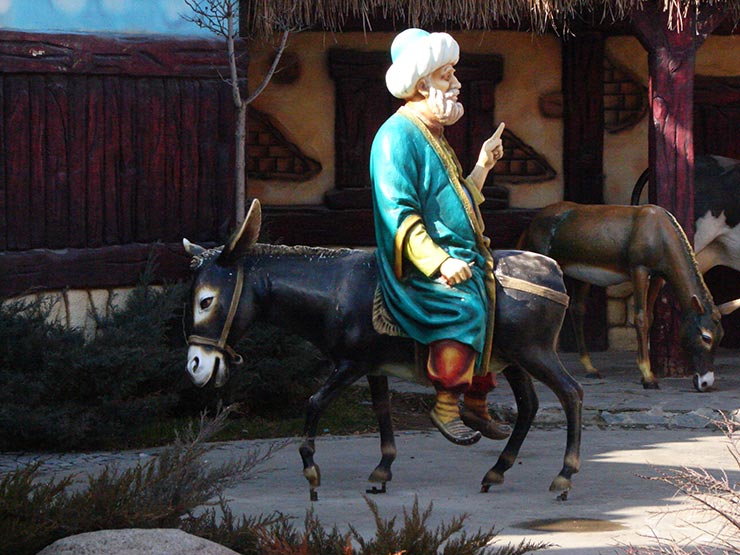
Here’s five trickster gods and heroes drawn from world mythology, from Ghana to the Basque region and lots more. What lessons does the Trickster have for us?
The cunning, mischievous trickster archetype appears in every system of folklore and storytelling. It’s a lasting, enduring symbol: The trickster who fools the gods themselves with his schemes, and in so doing wields more power than even the mightiest gods and kings.
Here are five essential trickster characters from ancient mythology.
1. Anansi

Anansi is a god of folklore and wisdom with roots in the Ashanti culture of West Africa. He is often depicted as a spider, but occasionally as a human being, who uses intellect and trickery to overcome oppressors for the benefit of the group. This role—beneficial, revolutionary trickster—made Anansi an important figure in the heritage of those West Africans forced into slavery. In diasporic African communities across the Americas and the Caribbean, tales of Anansi survived and evolved to fill many cultural roles. As the god of folklore in a fully oral tradition, Anansi represented the importance of transmission of knowledge from the ancestral lineage. Variations of Anansi have emerged in some communities, like Nanzi of the Dutch Antilles and Aunt Nancy of the Southern United States.
Here’s an original re-telling of Anansi’s tale:
“Long ago, there were no stories. They were all held by the Sky God Nyame, who would not share their wisdom. Anansi went to Nyame and asked how much it would cost to buy the stories. Nyame said he would share them if Anansi brought back the Python, the Leopard, and the Hornets.
“Anansi went to the Python’s home. He wondered out loud whether the Python was truly as long as the palm branch, as his wife had claimed. Proud Python overheard, and lay down next to the palm branch to demonstrate his length. Anansi suggested stretching him out and tying him to the branch to insure an accurate measurement, and Python agreed. When he was securely tied, Anansi turned him over to the Sky God Nyame.
“Then, Anansi dug a hole on a path where Leopard walked. When the Leopard fell in the hole, Anansi sent his webs down to help him up. Leopard became tangled in the webs, and Anansi brought him to Nyame.
“Anansi went to the Hornet’s nest with a hollow gourd and a banana leaf of water. He poured the water upon the Hornet’s nest, calling out that it was raining. He implored the hornets to enter the gourd and seek dryness. They agreed, and Anansi sealed the opening on the gourd.
“When he returned to Nyame, Anansi was given all of the wisdom of the stories, which he shared freely with everyone.”
2. Kumiho

The Fox often fills the role of the trickster in East Asian mythology. In Korea, the immortal nine-tailed, flesh-eating, shape-shifting Kumiho is a particularly frightening example in the fox trickster family.
The Kumiho was inspired by the Chinese Huli Jing and Japanese Kitsune. Like its Chinese and Japanese counterparts, a Fox was said to become a Kumiho if it lived for 1000 years. A common theme in Daoist tradition, it was believed that some foxes could accumulate a great deal of energy throughout their lives and attain special powers. Unlike the Chinese and Japanese counterparts, the Kumiho is almost certainly evil, its main desire being human flesh.
In folktales, the Kumiho would often take the form of a beautiful woman and attempt to seduce young boys. If they gave into temptation, the Kumiho would morph back into a fox and eat their heart and liver. Kumiho have been compared to the European werewolf. Some myths involve a process for transforming an evil Kumiho into a good Human by trapping them in the light of the full moon.
RELATED CONTENT: 7 Hindu Gods That Will Blow Your Mind
3. Cagn

The San of Southern Africa share close genetic and cultural ties to the ancestral Homo sapiens who first appeared in Africa over 100,000 years ago. They have preserved many aspects of their culture through a rich oral and spiritual tradition. Their trickster god Cagn, perhaps one of the original imaginings of the trickster archetype, holds a unique position as also being the supreme god and creator of the universe.
Cagn has the ability to shapeshift, and often takes the form of animals. He commonly appears as a praying mantis or caterpillar. He can also create animals, bringing new species into existence. His female counterpart, Coti, appears as a Hyrax, a small mammal that resembles a guinea pig.
It is said that one of the first animals Cagn created was the Eland, a large, horned bison-like animal. It was his favorite, but his sons accidentally killed it while hunting. Where its blood spattered, some drops became snakes, which often serve as an adversary of Cagn. Other drops became more Eland, which was regarded as a blessing for the humans because they were a major food source.
Other stories include Cagn designing armor to protect himself from the snakes in order to rescue his daughter, who was forced to marry the king of snakes. When the snakes were unable to bite through his armor, Cagn touches them, and they shed their skin, become people, and join him.
4. San Martin Txiki

The Basque people are an indigenous group concentrated in the border region between Spain and France. Their presence in the region predates even the arrival of agriculture 7,000 years ago; thus their heritage and language are unique and unrelated to the spread of Indo-European language and culture. Their trickster, San Martin Txiki (literally Little Saint Martin), is best known for stealing the secrets of agriculture from the mysterious Lords of the Woods.
In Basque folktales, the woods were ruled by Basajaunak, large, hairy humanoid ogres said to resemble modern imaginings of Bigfoot. The Basajaunak built megaliths and possessed knowledge of agriculture, animal husbandry, and ironworking before the humans did. San Martin Txiki was able to trick the basajaunak, bringing the secrets of agriculture back to the Basque people. He also invented the first saw blade, basing the design on chestnut leaves.
Few details of ancient Basque mythology survived the arrival of Christianity. Characters like San Martin Txiki represent aspects of pre-Christian culture being overlaid with Christian language and symbolism, and provide some insight into the belief systems of the ancient Basque region.
RELATED CONTENT: Here’s 10 Powerful LGBT Gods, Magicians, Witches and Mystics
5. Juha

Juha (Arabic) or Joha (Hebrew) is a trickster character who appears in many different roles. At times he is depicted as a wise traveling Sufi ascetic. In other tales he takes the form of a wealthy judge or governor. Often he is the trickster, while occasionally he is the butt of the trick. The common bond among all the forms of Juha is his use of trickery to teach humorous or ironic moral lessons.
Juha was probably based on the 13th century Turkish Sufi mystic Nasreddin, who used humor and satire to spread philosophical ideas. Many of the legends and anecdotes of Nasreddin’s exploits are identical to those of Juha.
Here’s an original retelling of the Juha story:
“One day, Juha wanted to have friends over for dinner, but he did not have a large enough cooking pot. He went to his neighbor and borrowed a massive copper cauldron to cook his meal.
“The next morning, Juha returned the copper pot. Inside, his neighbor found a smaller copper cooking pot, and was stunned. ‘Blessings upon you!’ Juha exclaimed. ‘During the night, your cauldron gave birth to a little pot!’
“The neighbor was overjoyed that he had a new cooking pot.
“The next day, Juha returned and asked to borrow the pot again. The neighbor, hoping for another birth, agreed. Many days passed, and Juha did not return.
“Eventually, the neighbor went to Juha’s house to ask about the pot. ‘Alas friend, have you not heard?’ said Juha gravely. ‘That night, your copper cooking pot died!’
“The neighbor protested.
“Juha replied, ‘If it can give birth, it can surely die.'”
Can you think of any other trickster gods we left out? If so, let us know in the comments!
How to Make Friends & Influence the Gods
Invocation is the occult art of interacting with gods and goddesses. Whether they are real or just archetypes in the unconscious mind is an open question, but one thing is for sure: Talking to the gods gets real results, in the real world.
Ultraculture’s free book and course on Chaos Magick will start you on the path of gaining all the skills you need to actually invoke and interact with the gods—yes, even the trickster gods, who can certainly cause incredible change and bring great wisdom into the lives of those who befriend them.
Get the free book and course on Chaos Magick and Start Learning Magick now!
How to Make Friends & Influence the Gods
Invocation is the occult art of interacting with gods and goddesses. Whether they are real or just archetypes in the unconscious mind is an open question, but one thing is for sure: Talking to the gods gets real results, in the real world.
Magick.Me, our online school for magick, will start you on the path of gaining all the skills you need to actually invoke and interact with the gods—yes, even the trickster gods, who can certainly cause incredible change and bring great wisdom into the lives of those who befriend them.
Check out Magick.Me and start learning magick now!
How to Make Friends & Influence the Gods
Invocation is the occult art of interacting with gods and goddesses. Whether they are real or just archetypes in the unconscious mind is an open question, but one thing is for sure: Talking to the gods gets real results, in the real world.
Magick.Me, our online school for magick, will start you on the path of gaining all the skills you need to actually invoke and interact with the gods—yes, even the trickster gods, who can certainly cause incredible change and bring great wisdom into the lives of those who befriend them.
Check out Magick.Me and start learning magick now!
How to Make Friends & Influence the Gods
Invocation is the occult art of interacting with gods and goddesses. Whether they are real or just archetypes in the unconscious mind is an open question, but one thing is for sure: Talking to the gods gets real results, in the real world.
Magick.Me, our online school for magick, will start you on the path of gaining all the skills you need to actually invoke and interact with the gods—yes, even the trickster gods, who can certainly cause incredible change and bring great wisdom into the lives of those who befriend them.
Check out Magick.Me and start learning magick now!